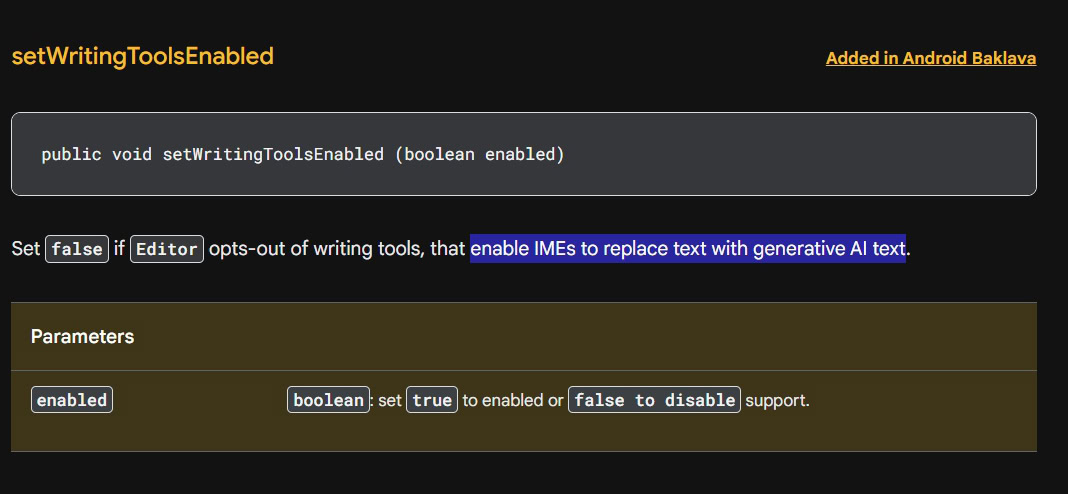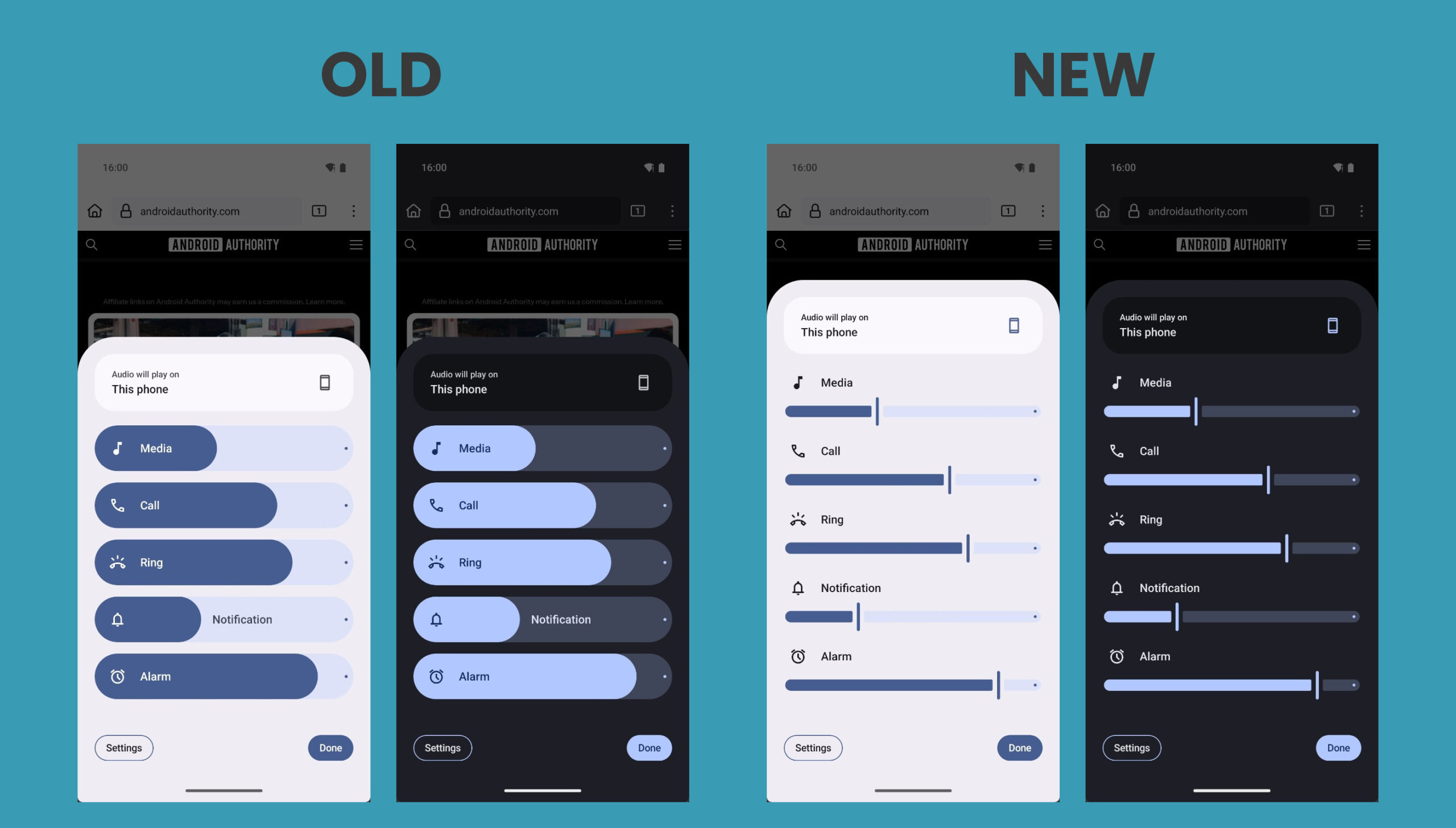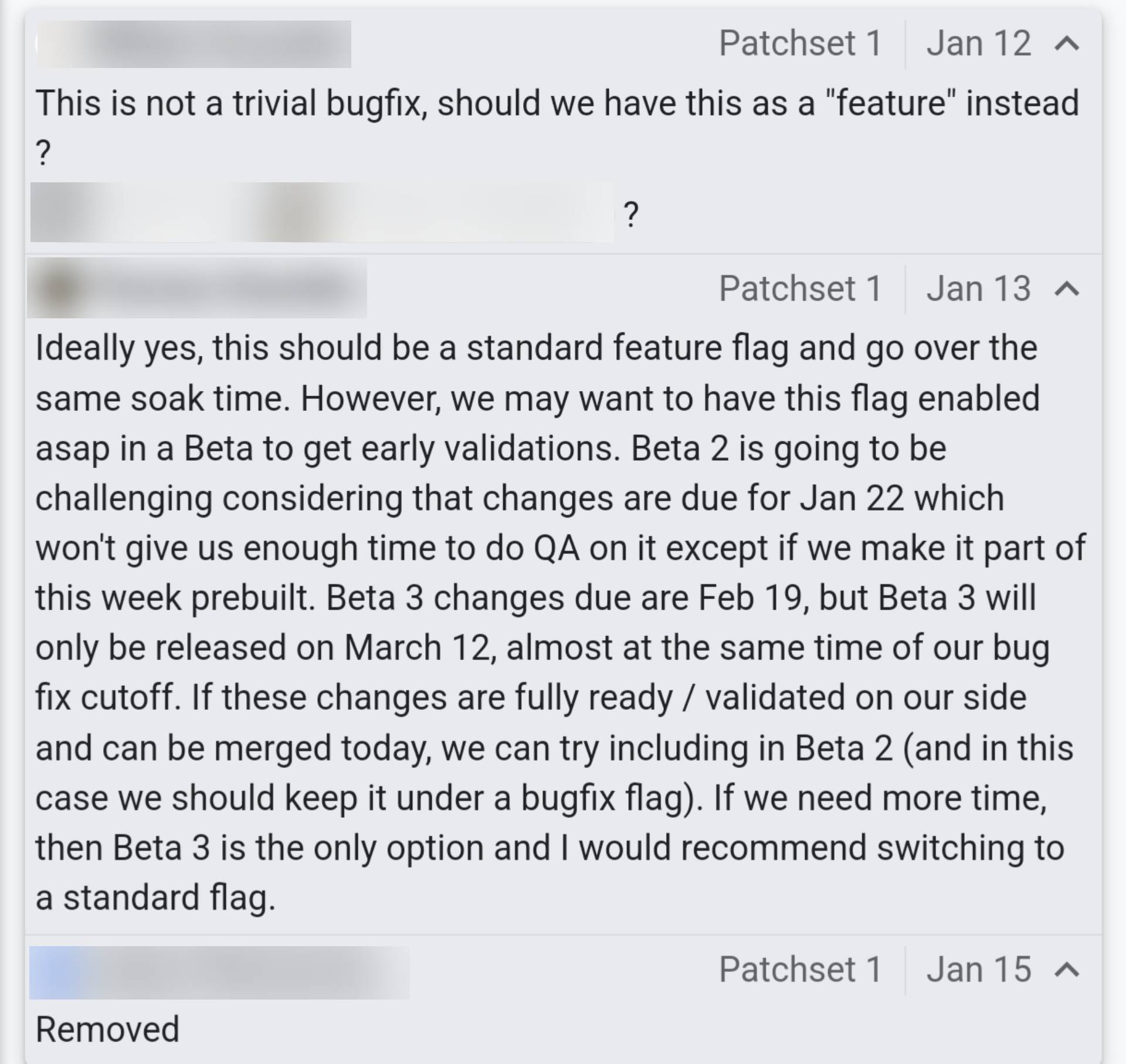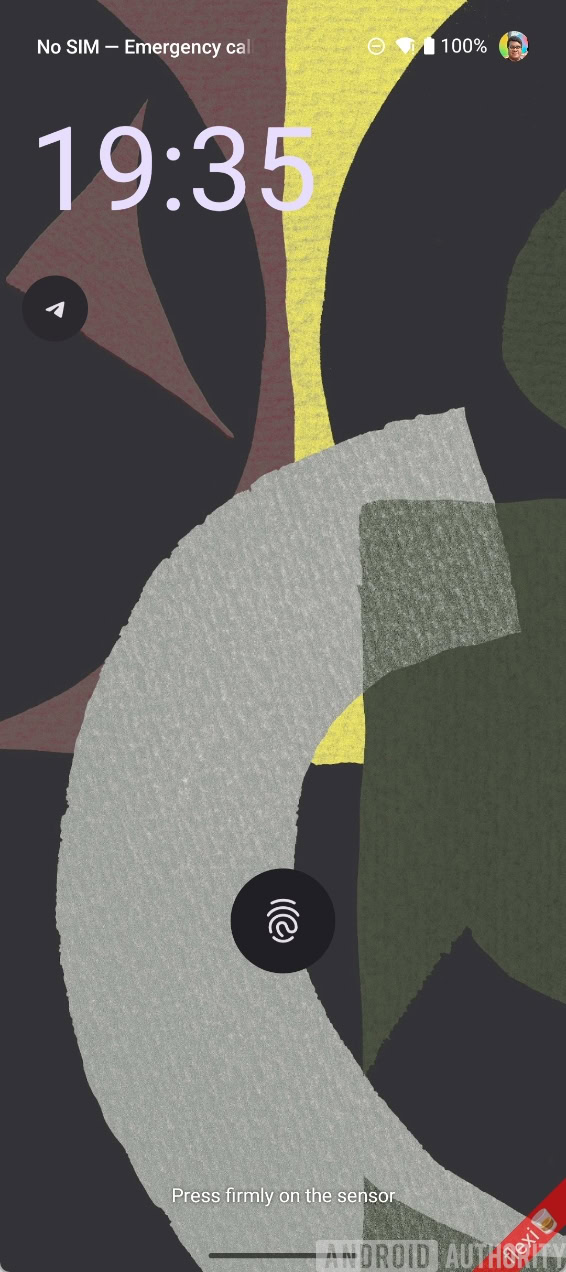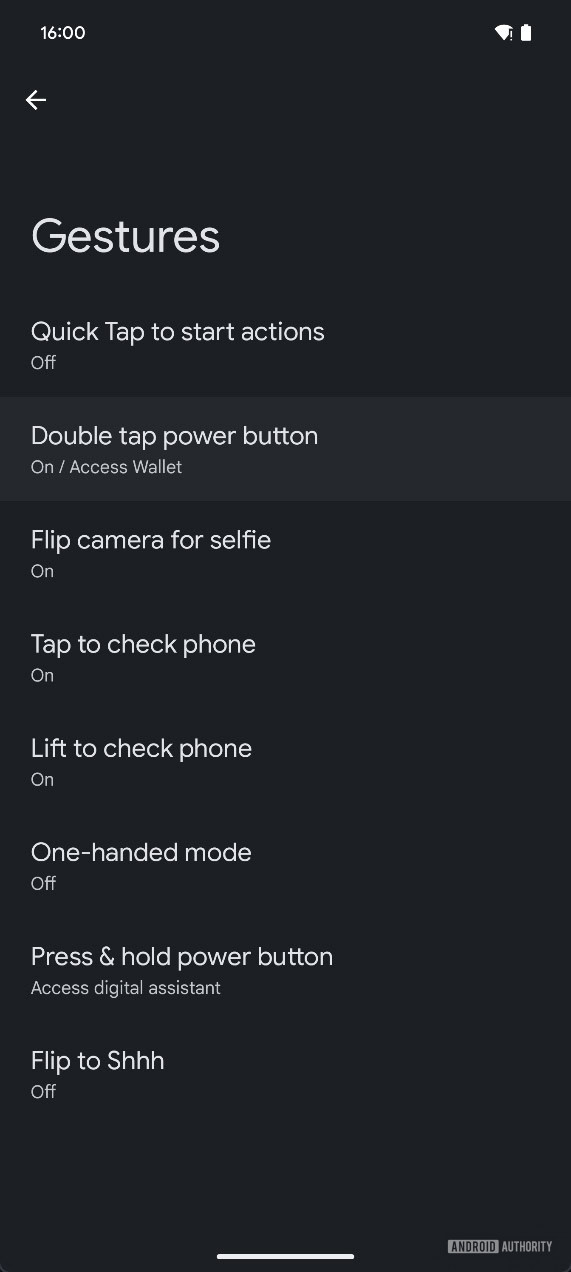It’s only January and we have already cruised right through the developer preview stage and onto betas for the next version of Android. It’s a wild timeline we’re now living in, but yes,
Android 16 Beta is officially here for Pixel phones and you can test it today.
Google dropped the Android 16 Beta update info on us after two previous developer preview builds that we have been testing off and on since mid-November. This is all a part of Google’s new plan to release Android 16 earlier to their partners, followed by a minor-yet-still-big feature update later in the year.
In this first Android 16 Beta 1 release, there’s a chance we see bigger updates than we saw in the first couple of preview builds. Google shared some of the details in a developer-focused blog post that touches on adaptive apps for all screen sizes, live activities as a new class of notifications, support for high quality video recording, predictive back for 3-button navigation, expansion of Gemini extensions to more apps, and more. We’ll update you on all of this once we get Android 16 up and running on some devices.
How to download Android 16 Beta 1 on your Pixel
Android 16 Beta 1 will be available (later today) to the same devices as the previews, so that means the Pixel 6 up through the Pixel 9 and Pixel 9 Pro Fold.
Release date: January 23, 2025
Build: BP22.250103.008
Emulator support: x86 (64-bit), ARM (v8-A)
Security patch level: January 2025
Google Play services: 25.02.31
Here’s the full list of Android 16 Beta devices:
- Pixel 6 and 6 Pro
- Pixel 6a
- Pixel 7 and 7 Pro
- Pixel 7a
- Pixel Fold
- Pixel Tablet
- Pixel 8 and 8 Pro
- Pixel 8a
- Pixel 9
- Pixel 9 Pro, 9 Pro XL, and 9 Pro Fold
Easiest way: If you own one of those devices, the easiest way to get Android 16 Beta 1 is to sign-up for the Android Beta Program (
here). You’ll simply click the “Opt In” button next to your device on that page to join and then sit back and wait for Google to push an update as Android 16 over-the-air.
Once you have enrolled, you’ll head into Settings>System>Advanced>System update to check for it. Google may not push it immediately and could instead roll it out slowly throughout the day. Either way, feel free to check through there to tell Google you want it after enrolling in the program.
Manual way: Want to get updated faster or would rather flash a factory image or OTA file through adb to feel more techie and important and smart? That’s always an option! I’ll be going the OTA route, but factory images will be available too. You’ll find Android 16 Beta 1 factory images
here and the OTA files
here.
Already on an Android 16 DP build: If you are already on an Android 16 Developer Preview build, Google says that you will receive the Beta 1 update over-the-air. Of course, you can manually flash a factory image or OTA file as well, since the over-the-air process often takes forever to process.
Currently on Android 15 QPR2 Beta: Google will let folks in the Android 15 QPR beta program directly update to Android 16 Beta 1 without factory wiping if they so choose. This should happen as an over-the-air update, like if you were on a developer preview build. However, if you’d rather not receive that update, Google says to ignore the prompt to install Android 16 Beta and simply wait for the stable version of QPR2.
Again, Google tells us the update will arrive a bit later today, not necessarily at the time of this post.
- UPDATE: It’s available now!
//
Android Developers





